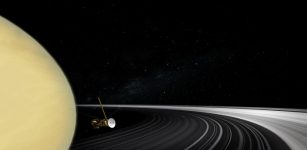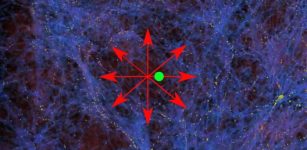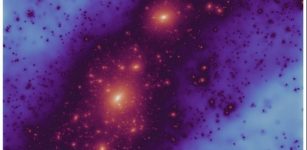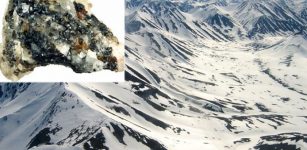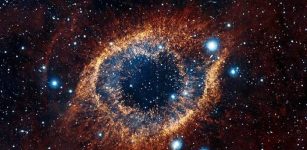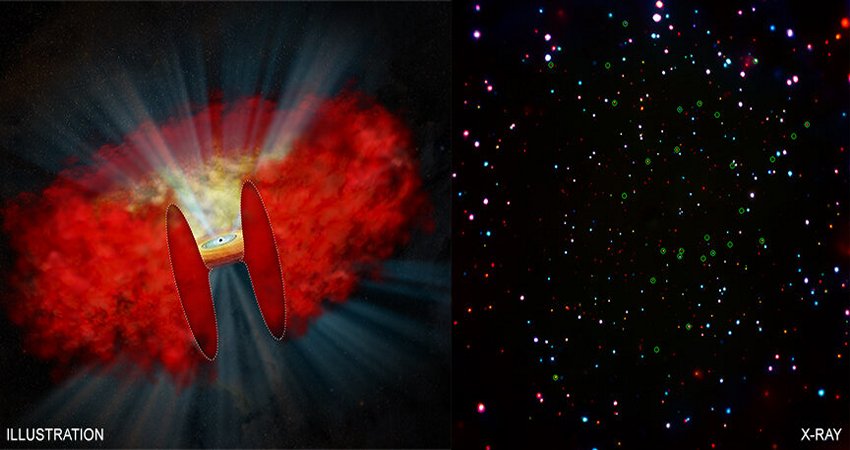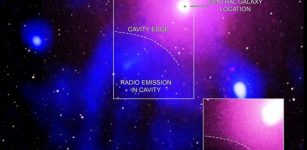Unknown Dwarf Galaxy Crashed Into Milky Way Around 8 Billion Years Ago
MessageToEagle.com – Astronomers has discovered an ancient and dramatic head-on collision between the Milky Way and a smaller object, dubbed the “Sausage” galaxy.
This cosmic crash that happened in the the early history of the Milky Way and reshaped the structure of our galaxy, fashioning both its inner bulge and its outer halo.
Around 8 billion to 10 billion years ago, an unknown dwarf galaxy smashed into our own Milky Way, astronomers say.
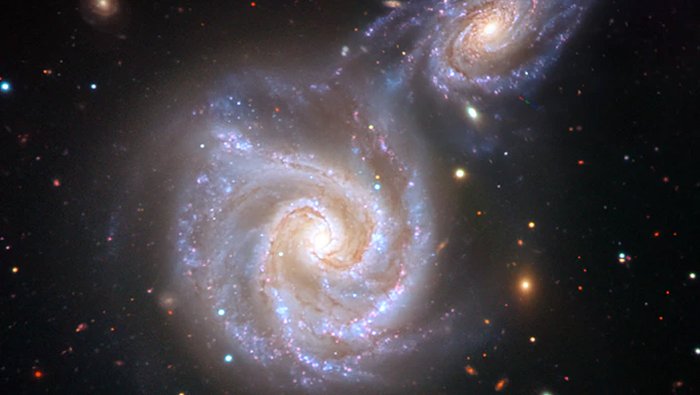
The dwarf did not survive the impact: It quickly fell apart, and the wreckage is now all around us.
“The collision ripped the dwarf to shreds, leaving its stars moving in very radial orbits” that are long and narrow like needles, said Vasily Belokurov of the University of Cambridge and the Center for Computational Astrophysics at the Flatiron Institute in New York City.
“The stars’ paths take them “very close to the center of our galaxy. This is a telltale sign that the dwarf galaxy came in on a really eccentric orbit and its fate was sealed.”
Astronomers used data from the European Space Agency’s Gaia satellite. This spacecraft has been mapping the stellar content of our galaxy, recording the journeys of stars as they travel through the Milky Way. Thanks to Gaia, astronomers now know the positions and trajectories of our celestial neighbors with unprecedented accuracy.
The paths of the stars from the galactic merger earned them the moniker “the Gaia Sausage,” explained Wyn Evans of Cambridge.
“We plotted the velocities of the stars, and the sausage shape just jumped out at us. As the smaller galaxy broke up, its stars were thrown onto very radial orbits. These Sausage stars are what’s left of the last major merger of the Milky Way.”
The Milky Way continues to collide with other galaxies but the Sausage galaxy was much more massive. Its total mass in gas, stars and dark matter was more than 10 billion times the mass of our sun. When the Sausage crashed into the young Milky Way, its piercing trajectory caused a lot of mayhem. The Milky Way’s disk was probably puffed up or even fractured following the impact and would have needed to regrow. Sausage debris was scattered all around the inner parts of the Milky Way, creating the ‘bulge’ at the galaxy’s center and the surrounding ‘stellar halo.’
Numerical simulations of the galactic mashup can reproduce these features, said Denis Erkal of the University of Surrey. In simulations run by Erkal and colleagues, stars from the Sausage galaxy enter stretched-out orbits.
The orbits are further elongated by the growing Milky Way disk, which swells and becomes thicker following the collision.
MessageToEagle.com

